
From there to here, from here to there, funny things are everywhere. — Dr. Seuss
This page contains affiliate links meaning I may earn a commission if you use them. I only recommend products I use and honestly trust. For more info read the full disclosure.
Dear Moms and Dads,
Today, I wish to talk about Humor, in child development, its importance and benefits and of course my 10 selected funny family board games to add great laugh at home!
Here are main milestones from 0 to 6 regarding humor: (source:
https://www.scholastic.com/teachers/articles/teaching-content/ages-stages-dont-forget-laugh-importance-humor/)
WE LAUGH BEFORE WE SPEAK!!
- 0 to 2 years old: Giggles:
A baby’s first step toward humor is her playful response to actions like bouncing and tickling- body contact that produces laughs, wiggles, and smiles.
Toddlers enjoy imitating one another. If a toddler plops down on his bottom on purpose, for instance, other toddlers might giggle as they imitate him and form a falling down conga line. Along with their spirit of camaraderie, this group also finds falling down funny because it is something they have recently mastered. What fun and a big relief to now play with the act of falling down.
A Silly Sense of Humor: The symbolic play and emerging language of older toddlers allow them to make lots of silly jokes. A 2-year-old might put his foot into the sleeve of his jacket saying, “Look! My shoe!” This behavior is funny because the 2-year-old now knows what a shoe really is. Therefore, the level of the toddler’s cognitive and language development determines what he finds funny.
As a parent, you can Encourage toddler humor by being silly yourself.
- 3 to 4 years old: Sharing Humor:
Becoming increasingly more sociable, 3-year-olds enjoy sharing their sense of humor with friendly adults. 3 years old toddlers adore it when an adult playfully says something absurd to them, like “Why are you wearing that bird on your head?”
Young 3s also love to laugh at themselves when, accidentally, they do something ridiculous, such as putting their jackets on upside down or painting their fingers red along with the paper they’re working on.
Finding enjoyment in sharing laughter with other children, 3½-year-olds delight in talking to each other in high silly voices or with deep, comical sounds. They usually follow these funny noises with big belly laughs. With their buddies, they relish trying out goofy things they consider hilarious, such as throwing all their stuffed animals up in the air or wildly splashing in the water tub with plastic spoons. Or they may run around and try to crash into each other, then fall down in a big, giggling heap.
Inventing Silly Stories: Preschoolers enjoy making up unbelievable nonsense stories. Preschoolers are fascinated by intentionally misnaming things and playing with words.
Have fun! Enjoy humor with children. Laugh with them even if they mix up the jokes.
Read humorous stories. A silly book like Hi Pizza Man by Virginia Walter, will have children giggling in anticipation of the next funny character.
- 5 to 6 years old:
Kindergarten children love “Knock, Knock” jokes. Why? Because they follow a predictable pattern they can easily replicate with any words they like. In fact, the words don’t even have to make sense, as in the case of the joke above. Five- and 6-year-old children often think it is even funnier if they don’t! For example, they might look around the room, see an object, and use it in the joke. “Knock, knock, Who’s there? Table. Table who? Table on the floor!” (peals of laughter).
Humor Is Language: Interestingly, a 5- or 6-year-old’s use of humor tells you a great deal about his cognitive and linguistic abilities. The ability to play “knock, knock” jokes, for example, shows a child is learning the rules of conversation and is able to follow and use a sequential linguistic pattern. At this stage, children’s vocabularies have developed to the level where they can play with replacing words in a sentence or pattern to see (and hear!) the absurdity of it all. Calling something by the wrong name is a favorite “funny” at this stage and will get the entire class giggling.
At this stage, children pick up the pattern of riddles and will run with them in their own way. Making sense is not what is most important to 5- and 6-year-olds. They love the fun of the silly statements, the pattern, and most important, the opportunity to laugh at their own jokes as soon as they tell them!
Humor Is Movement: During this time of development, children are taking the art of slapstick to new highs. Sometimes slapstick humor serves to cover a physical mistake (as when they trip over or bump into something); but more often slapstick comes purely from the desire to make people laugh by doing something silly. The use of physical humor shows that children are acquiring the motor control and coordination required to appear purposely uncoordinated and to make a comical movement safely. It actually takes muscle control to do this.
Unfortunately, some children pick up on this style of humor a bit too much and become class clowns. As the teacher, you need to support children’s humor while providing appropriate boundaries and guidelines.
Humor Is Socialization: As the famous pianist and comedian Victor Borge once said, “Laughter is the shortest distance between two people.” There is something very bonding about children sharing a laugh together. Laughter breaks down boundaries and separations and builds connections. Five- and 6-year-olds use humor to make friends, to share “secret jokes,” and to be “seen” in a group. It is not unusual at this stage for children to connect with one or more special friends to share their favorite silly comments. This is both an excellent linguistic and social exercise.
Humor Is “Brain Food“: Not only does humor provide a learning experience, it is also an important part of “feeding” brain development. When a child (or anyone) laughs, the flow of blood increases to the brain. How do you feel after a good laugh? Usually we feel energized and alert. Humor can set the stage for learning by helping children release tension and focus on the task at hand. Humor increases the brain’s receptivity to learning. So tell jokes and riddles, be silly, dance a jig — you will be creating the perfect climate for learning.
Scientific reasons why do we laugh? Its Benefits:
(source: https://www.scientificamerican.com/article/why-do-we-laugh/)
- Laughter clearly serves a social function.
It is a way for us to signal to another person that we wish to connect with them. In fact, in a study of thousands of examples of laughter, the speakers in a conversation were found to be 46 percent more likely to laugh than the listeners.
- Laughter can increase your oxygen intake, which can in turn stimulate your heart, lungs, and muscles
- Laughing further releases endorphins, the feel-good chemicals our bodies produce to make us feel happy and even relieve pain or stress.
- Laughter can even boost our immune system response through the release of stress-and illness-reducing neuropeptides.
- A good laugh can be an effective way to release emotions.
- Lower Blood sugar levels. One study of 19 people with diabetes looked at the effects of laughter on blood sugar levels. After eating, the group attended a tedious lecture. On the next day, the group ate the same meal and then watched a comedy. After the comedy, the group had lower blood sugar levels than they did after the lecture.
Did you know?
- We’re 30 times more likely to laugh in a group.
- Young children between the ages of 2.5 and 4 were found to be eight times more likely to laugh at a cartoon when they watched it with another child even though they were just as likely to report that the cartoon was funny whether alone or not.
- 10-15 minutes of laughter burned 50 calories. (study from Maciej Buchowski, a researcher from Vanderbilt University)
My selection of 10 funny family board games to play and laugh with OUR kids!
Exercise your memory muscles with Kookaburra’s hysterical laughter and maniacal cackling in 2 creative gameplays! Focus, Observe, Laugh to remember and remember to laugh. Are you confused? Ha Ha! Do you still remember? Game 1 Take turns drawing Kooka.
2. Don’t Make Me Laugh! for Age 5+
This is a hilarious family game that gets you acting, performing, laughing and entertaining!
The variety of awards is sure to help even the most reserved player to rock out at an air guitar concert, land the biggest fish in the world, sing a love song to a spider, or perform any of the other 200 similarly goofy scenarios included in the box!
3. Watch Ya’ Mouth Family Edition for Age 8+
Enjoy fun with friends or family: 3-10 players wear cheek retractors and speak out phrases while teammates guess what they are saying. Includes 143 family-safe phrases.
4. Not Parent Approved for Age 8+:
Ever wondered how booger juice, vampire bunnies, and grandma can end up in the same sentence?
With Not Parent Approved, your kids get to:
• Play their mischievous selves without getting into real trouble.
• Expand their imagination and creativity through wacky humor.
• Laugh at jokes and at themselves.
• Enjoy effortless entertaining during sleepovers, parties, summer camp, summer vacation, holiday reunions, school breaks, road trips, flights, picnics, and any event with the family.
The Sock Game is a fast-paced interactive family game that asks the question: What’s inside your sock?
SPIN, REACH AND FIND: The rules are simple! Turn the spinner to find out what item you’re looking for. Race to reach into the sock and feel your way to your desired item! First team to find 11 items wins!
6. What’s Your Number? for Age 12+
Think you know your friends and family? – Find out how they feel about the things you’ve always wondered about
Share Stories – Funny memories are often shared after a revealing round
7. What Do You Meme? Family Edition for Age 8+
Compete with your friends and family to create the funniest memes. Do this by using one of your dealt caption cards to caption (get it?) the photo card in each round
8. Classic Operation Game for Age 6+:
Use the tweezers to take out all of Cavity Sam’s 12 funny ailment parts that parents might remember — such as a wishbone, Charlie horse, and Adam’s apple. Players choose a doctor card and operate to remove that ailment from Sam, and collect the money if they can avoid the buzz. The player with the most money wins.
Engage In A Battle Of Word Wits That Will Test You And Your Team’s Vocabulary Knowledge At A Rapid Speed
Pass the mic & think to the beat while you freestyle rap in proper English. Two Teams battle in a game that will test your rhyme knowledge at a rapid speed.
Players load the arm with whipped cream (not included) or the included sponge, then take turns sliding their heads through the mask and spinning the spinner. But, watch out! The game unit could go off at any time giving someone a face full of whipped cream!
This last one is not a funny board game but FUNNY thing to have at home!! had to share that type of toys too…
FunFamz The Original Spider Prank Box
IT IS GREAT AS A GIFT BOX for a small object like a roll of money, gift cards or jewelry for CHRISTMAS time, BIRTHDAY gifts, or any GIFT GIVING situation. The person opening the prank box will get a harmless startle as they open the prank box and a soft rubber wiggly spider touches their hand so be sure to video them. They then get the small enclosed gift if you choose to provide one hidden inside the prank box. The prank box itself can then be used to prank other people many different ways or reused as a gift box for someone else.
In addition to those selected toys and gifts, i highly recommend you to read about “3 Games I recommend for Young children that Encourage Dialog & Develop Social Emotional Skills”
I hope you found this article interesting, and that it will help you for your next purchase! Feel free to add a comment below.
You can SUBSCRIBE HERE to receive future posts to your mailbox and follow me on Pinterest.
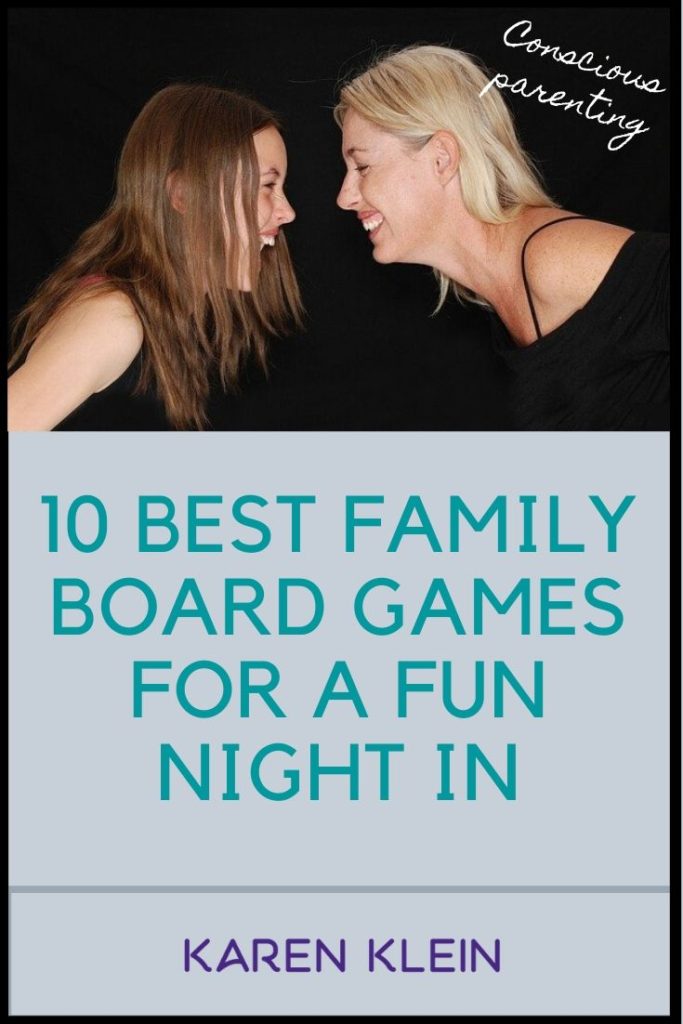
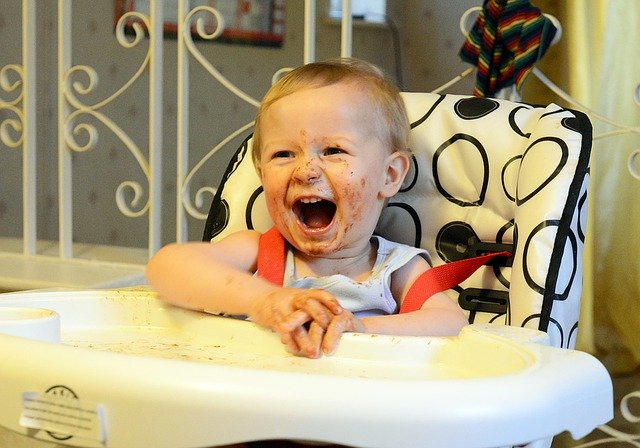
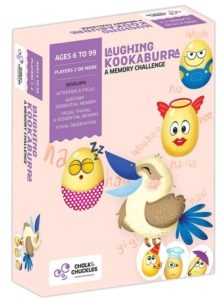
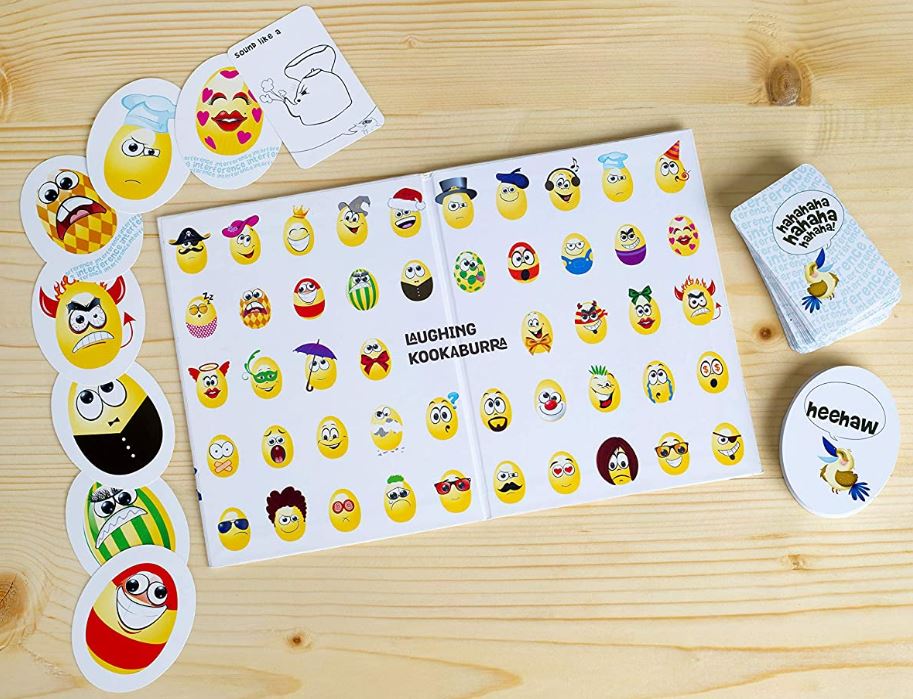
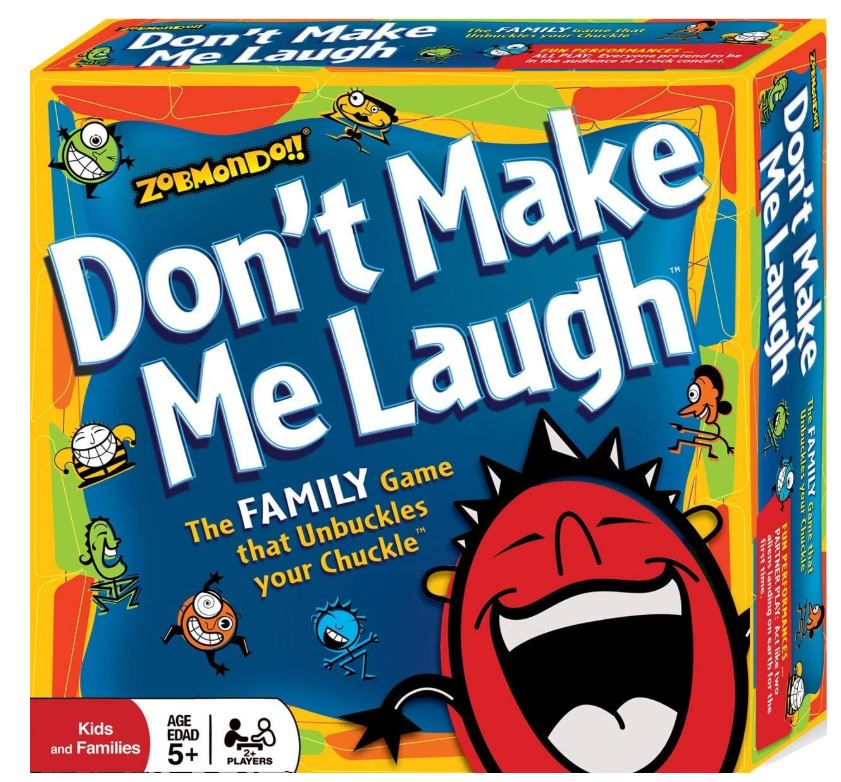

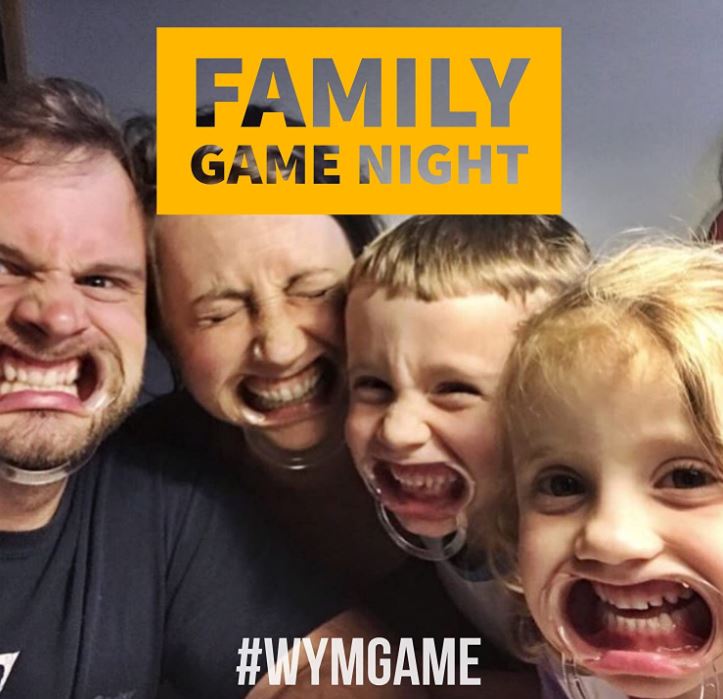

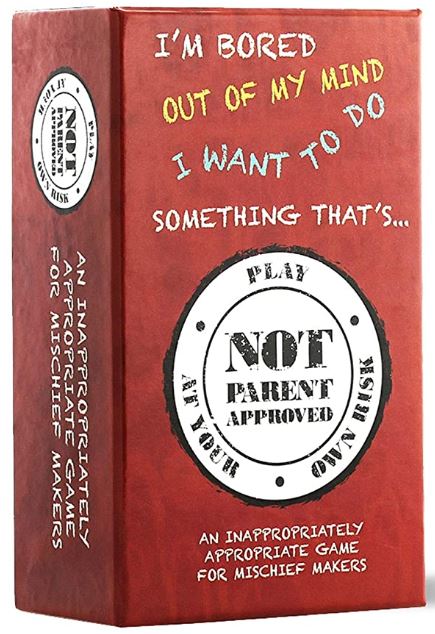
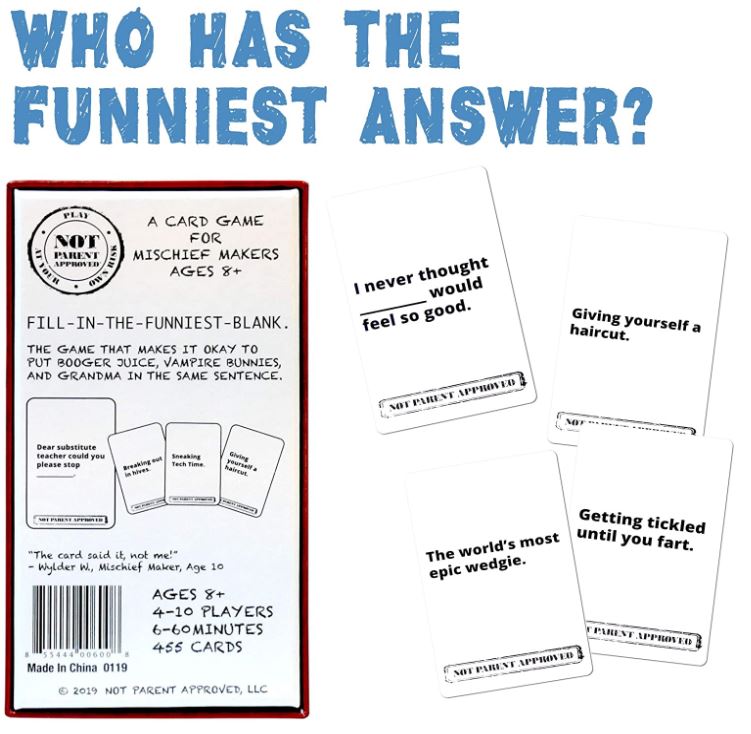
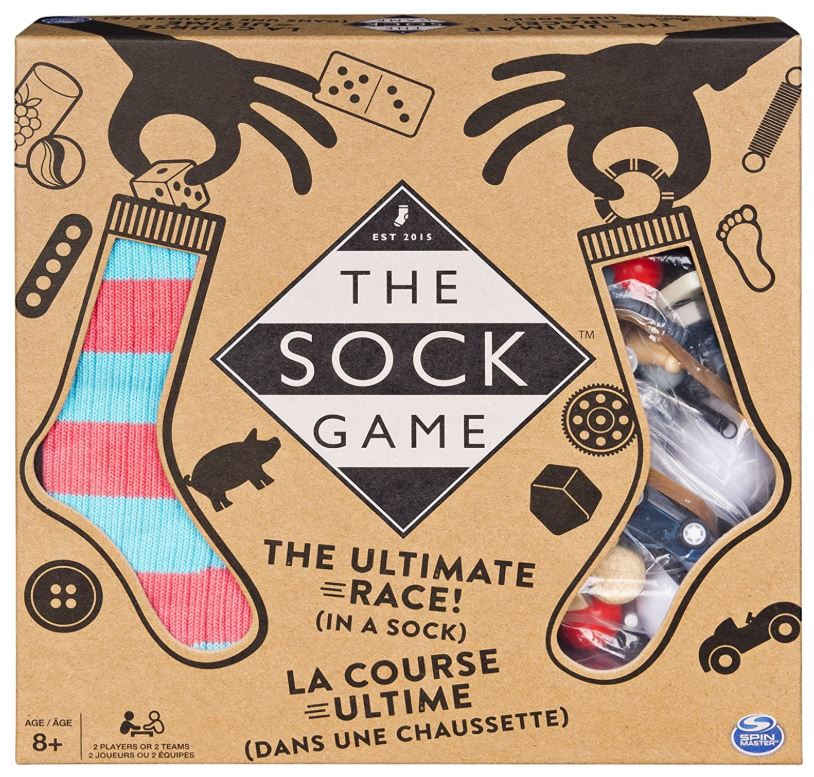
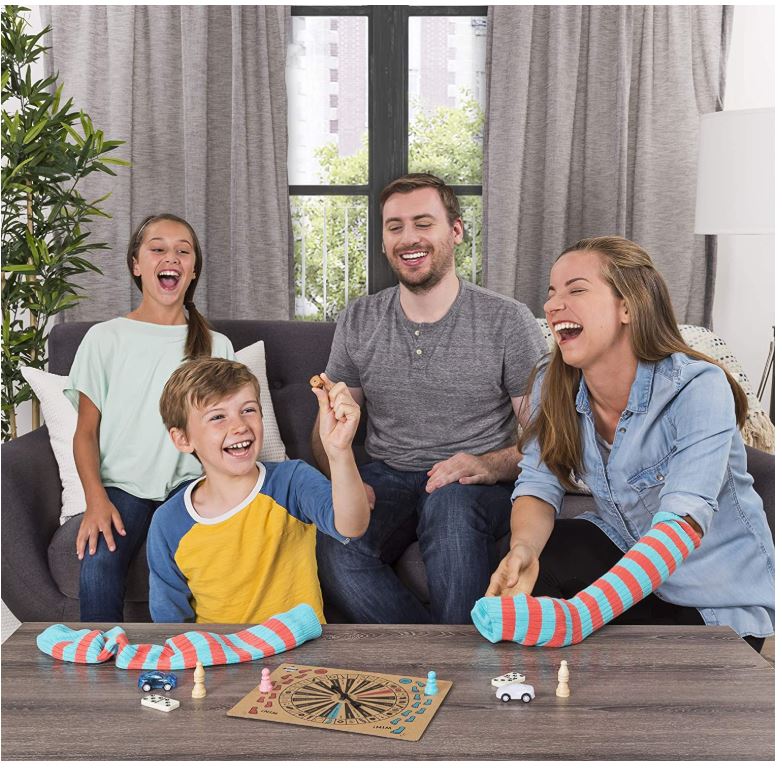


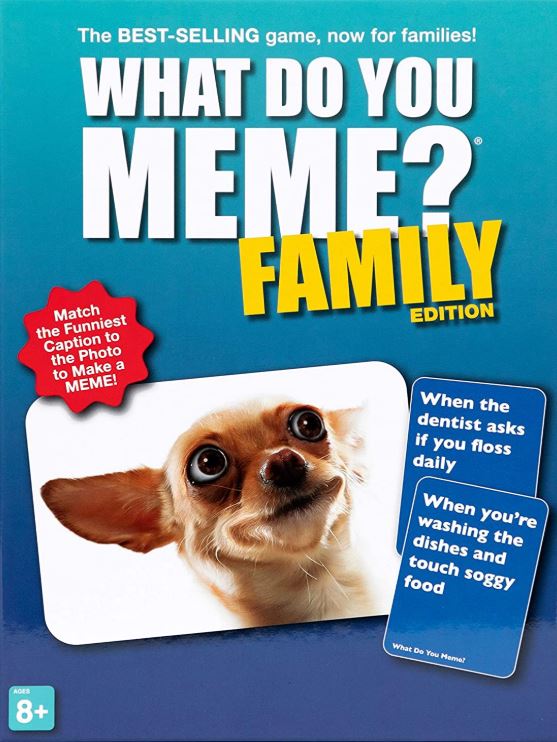
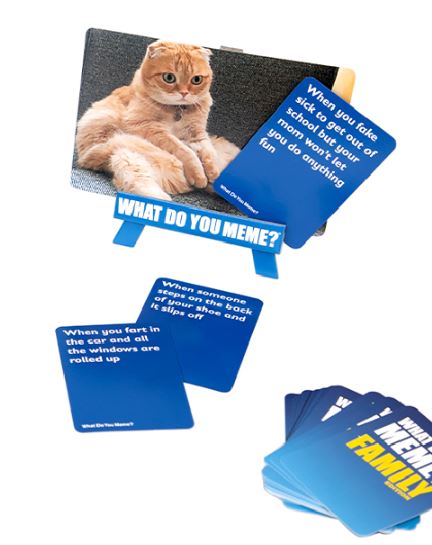
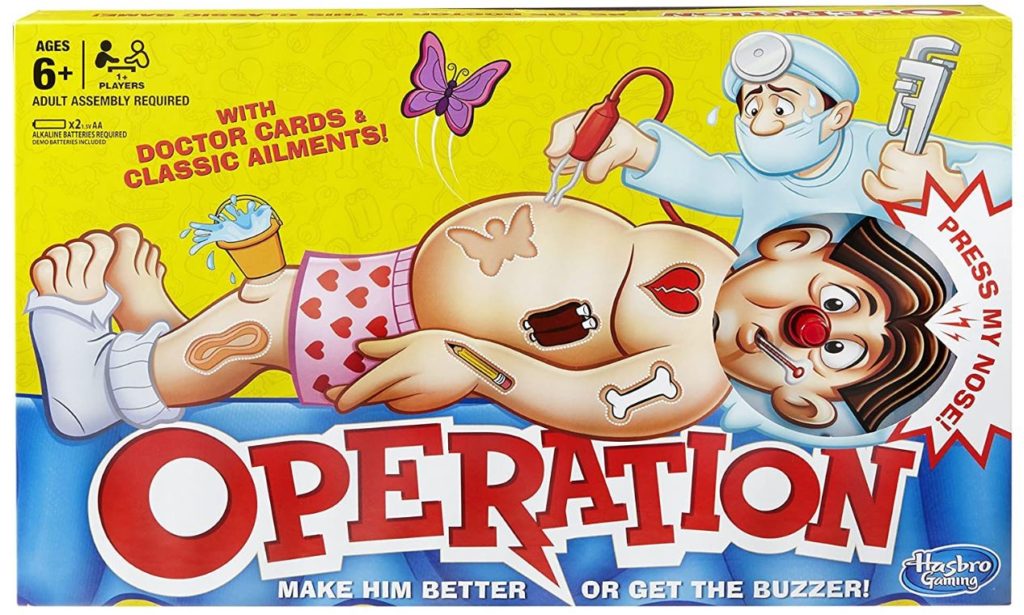
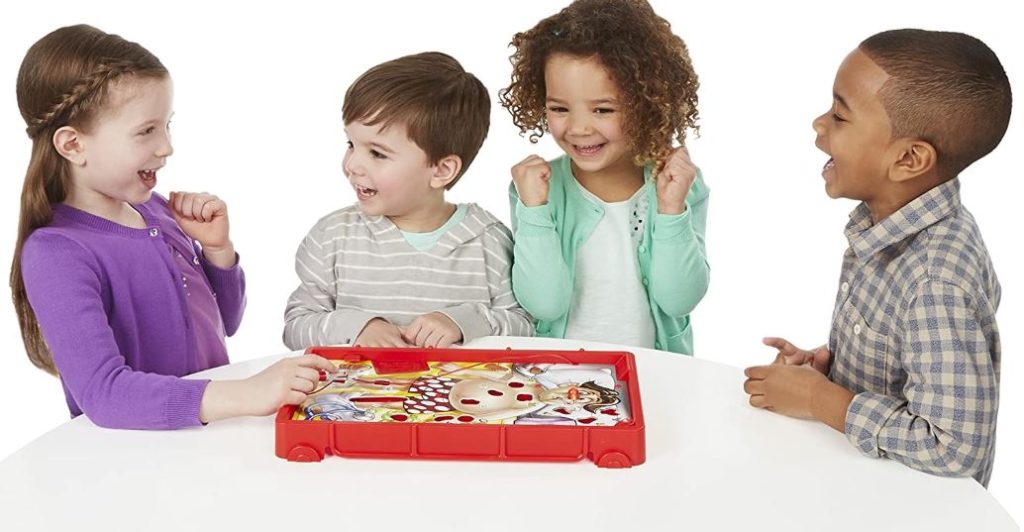
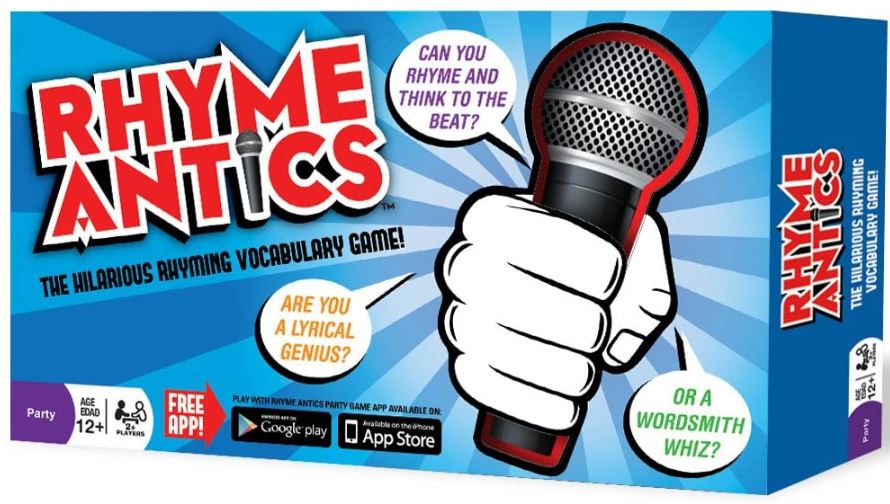









This is a very interesting and useful article! Thank you! Even reading it, I had fun!!!
Hi to every body, it’s my first go to see of this blog;
this blog includes awesome and actually good information for
readers.